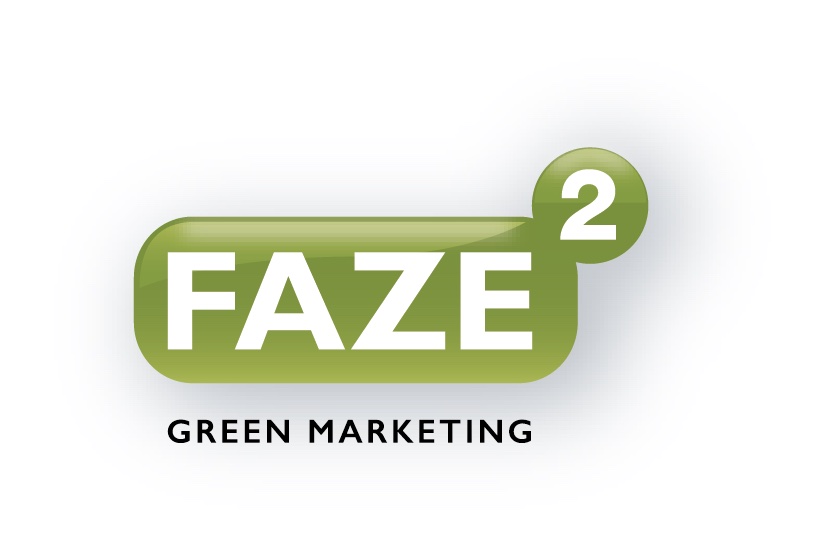Sustainable Business and Green Marketing – a Direct Link
Today’s trends for more sustainability are boosting lots of business opportunities. In Denmark, we have many successful B2B industries in this area and they fight to remain competitive and relevant. This demands qualified Green Marketing.
At the same time marketers, irrespective of their business area, must show some kind of sustainable footprint from their products.
And so, Green Marketing is closely linked to sustainability.
Innovation is a key factor in sustainability. Our marketing work and inspiration from scientific papers show that innovation creates more sustainable competitive advantages when combined with other factors in a marketing strategy.
We generate B2B Green Marketing success with this easy-to-use framework of 4 cornerstones.
1. Facts and not fairy tales.
Many tech companies are happy to share the news about their great products. Some tend to describe technical details that are nice to know for nerds, but they forget to explain to the end user or to the public what impact they make for a better world, an improved environment or cleaner air. All claims must be based on proven, scientific facts such as ESGs and must be explained in clear and simple impact terms. No clichés, no greenwashing. It is essential to provide clear evidence and proof of environmental sustainability.
2. Innovation is not leadership – but is a key factor.
Market leaders often pave the way in many industries. However, the best ideas need not come from their own R&D or think tanks. This was proved by many of our customers, small in size, but big in ideas and creativity. SMEs are far more agile and less conventional than multinationals, and so they could be labelled “market leaders” in their own niche. Evidence shows that lots of innovative work in close collaboration with universities or tech institutes gives SMEs high trustworthiness. Their customers believe that they are steps ahead of less creative competitors and their partners rely on them as serious suppliers.
3. Partnerships pave the way.
Most B2B solutions have inbuilt external technology (part-solutions) in order to make a complete product. In systems like biogas, water cleaning, biomass heating plants etc. there are many sub-suppliers, who supply their unique part-solutions that are critical to the total performance of a complex plant. The owner of such a plant would never buy new part-solutions directly without consulting a specialist, such as an engineering company. The SME sub-supplier needs to consider how to support these engineers in the best way in order to be the preferred supplier. The SME must develop and supply tools for simulation, calculation, drawings and documentation etc. This makes it possible for the engineering company to keep their schedules and budgets and makes it easy for them to choose your SME as a sub-supplier.
Furthermore, SMEs are strongly advised to find institutes experienced in certification that can provide guidance to develop new, innovative solutions for a given project. Otherwise, the SMEs will not succeed in entering an established market. Other partnerships with established companies can also speed up their market entry. All partnerships demand precise and targeted communication. It is better to be a partner than a supplier – relationships have greater benefits than just transactions.
4. Show your product’s differential advantage.
Unique products need unique marketing. The design of the marketing strategy, the creative plan and the design elements, sales tools etc. must look and be at a high professional level.
Online and offline marketing should be closely coordinated for effective integrated marketing communications programs. B2B product and promotional design often lacks creativity, but a good designer can make a significant difference by creating “WOW” effects and cutting-edge designs to give unique solutions the right brand personality and attraction.
Any communication should be made personal to the specific target group. Avoid sentences with “me” or “we” or “us”, but turn them into “you” or “yours” as your angle of communication, explanation or storytelling. It must be easy for the reader to see his/her benefits and be convinced that you as a supplier talk to them in a clear, serious, relevant and professional way.
By following these 4 steps for developing an effective, impactful Green Marketing strategy, you will maximize your chances of success in your sustainable B2B business.
As we put it “From Sustainable to Green AND Competitive.”
Jens Gert Eibye Sorensen, commercial director, Faze2.dk













